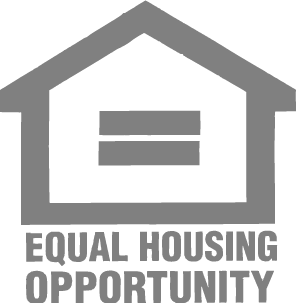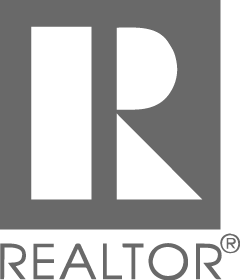If you’re considering buying a home, there will be a lot of delving into your finances in order to qualify for a mortgage. One of, if not the most, crucial factor to be approved for a mortgage will be your loan-to-value ratio. The loan-to-value ratio is pretty straightforward. It’s simply the amount of money you borrow from your lender, divided by the purchase price of the home in a percentage format.
The loan-to-value ratio is extremely important for lenders as it gives them a better insight into the risk they face loaning money to a prospective homebuyer. The higher your loan-to-value ratio, the higher the risk to the lender, which may play into the mortgage terms and interest rates the lender can offer you. While lenders also look at your credit score, they want to make sure that you have equity in your home and are willing to make a sound investment that you can afford.
Many lenders require that borrowers have a loan-to-value ratio of 80% or lower before they approve a loan, which means that they’re really looking for borrowers to put in 20% for the down payment.
If you’re worried that you could fall under the high loan-to-value client group, there are a few ways to lower your ratio and increase your chances of being approved and getting great terms for your home loan.
One way to lower your loan-to-value ratio is to save up more money in order to have a larger sum to put down for your home. If you can offer up 20% or more of the home’s value, you’ve already lowered the loan-to-value ratio and made yourself less of a risk to the lenders by proving you have a stake in your home. The other way to lower your loan-to-value ratio is to look at more affordable homes. Choose a home that you would need a smaller down payment for, and you’ve immediately taken care of reducing the loan-to-value ratio.
If you ever have questions about your loan-to-value ratio and choosing a property that fits your budget, give our team a call. We’re here to make real estate processes simple and easy to understand for everyone.


